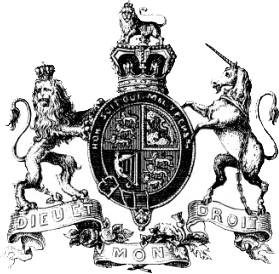1763: A Revolutionary Peace Exhibit
I have a new article at the Journal of the American Revolution: "1763: A Revolutionary Peace Exhibit."
 The Treaty that Redefined North America
The Treaty that Redefined North America
On Wednesday August 10, 1763, crowds of Bostonians gathered after nightfall and stood watch over the harbor. Under the glow of the bonfires that lined the town’s shoreline, the people assembled to view a fireworks display, which signified the importance and special nature of the occasion: Earlier that afternoon, at one o’clock, Governor Francis Bernard read King George III’s proclamation of peace. The Treaty of Paris 1763 had ended the French and Indian War (1754-1763).[1]
The peace negotiators called the Treaty of Paris 1763 the “Definitive Treaty of Peace and Friendship.” The Treaty redrew the physical map of North America and changed the way the British Empire governed its colonies. The Treaty also prompted King George III to issue a royal proclamation that redefined relationships between Europeans and Native Americans. Bostonians greeted the Treaty of Paris 1763 with exuberant fanfare because it promised a lasting peace.[2]
For the first time ever, Great Britain’s copy of the Treaty of Paris 1763 is on display in North America.[3] In honor of the 250th anniversary of the Treaty, the 1763 Peace of Paris Commemoration—a coalition of partners and funders including state and national chapters of the Society of Colonial Wars—joined forces with the Bostonian Society to bring the victor’s copy of the Treaty to Boston. The Treaty that redefined North America will be on display at the Old State House through October 7, 2013.